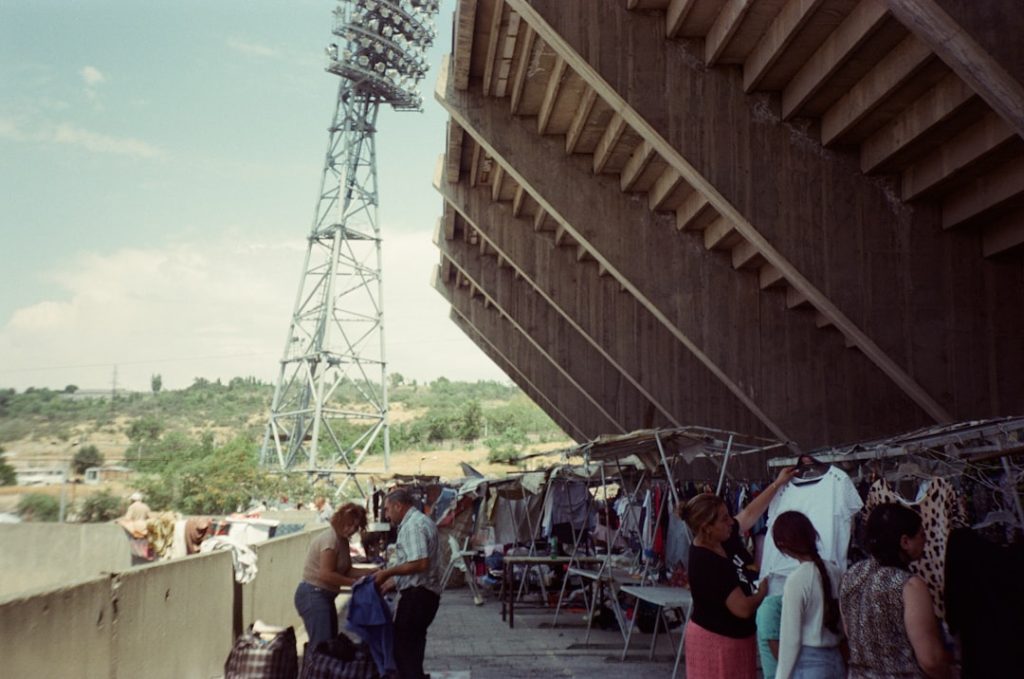The English football pyramid is one of the most comprehensive and iconic league systems in the world. Often referred to as the “Football League System,” it encompasses hundreds of clubs across several tiers, all connected through a system of promotion and relegation. This structure allows even the smallest clubs to dream of rising through the ranks and potentially one day competing with the giants of the Premier League.
Built on tradition, passion, and a deeply rooted local football culture, the pyramid offers a unique and competitive landscape unlike any other in global football. From community-founded teams to historic clubs with decades of glory, each level of the pyramid plays a vital role in the essence of English football.
Structure of the English Football Pyramid
The pyramid is structured in tiers, with the top being the most competitive and lucrative. Here’s a breakdown of the main levels:
- Level 1: Premier League – The top flight of English football, home to famous clubs like Manchester United, Liverpool, and Arsenal. Founded in 1992, the Premier League is widely regarded as the most popular football league globally.
- Level 2: EFL Championship – This is the second-highest tier, featuring 24 clubs. These teams compete for promotion to the Premier League and to avoid relegation to League One.
- Level 3: EFL League One – Another 24-club division, this tier includes many clubs with strong fan bases and rich histories.
- Level 4: EFL League Two – The fourth and final level of the English Football League (EFL). Clubs here aim for promotion to League One and strive to avoid dropping into non-league football.
Below Level 4, the pyramid enters what is known as non-league football. These levels are governed by the National League System and include the following:
- Level 5: National League – The top tier of non-league football, considered semi-professional. One of the most competitive leagues outside of the EFL.
- Level 6: National League North and South – These parallel leagues divide the country regionally to prevent excessive travel and operational cost for clubs.
- Levels 7 and Below – As the pyramid expands downward, it includes several regional divisions such as the Isthmian League, Southern League, and Northern Premier League.

Promotion and Relegation: The Key Feature
One of the fundamental principles behind the English football pyramid is the system of promotion and relegation. This dynamic mechanism allows clubs that perform well in a season to move up to a higher tier, while poor performance results in a drop to a lower league.
This competitive fluidity ensures that ambition is rewarded, while complacency is punished. Every fixture matters, whether it’s at the top of the Premier League or the bottom of National League South.
Why It’s Called a “Pyramid”
The use of the word “pyramid” reflects the shape of the structure: fewer teams exist at the top than at the base. As you go down the levels, the system branches out into more regionalized and numerous divisions, accommodating the vast number of football clubs in the country.

Pathway for Grassroots to Glory
The beauty of the English football pyramid lies in its inclusivity. Clubs like AFC Wimbledon and Luton Town have famously climbed from the lower rungs to reach the heights of the Championship or even the Premier League. This progression shows that with community support and strong management, anything is possible in English football.
FAQs About the English Football Pyramid
- Q: How many levels are in the English football pyramid?
A: There are over 20 levels, with the top 4 being part of the English Football League and the rest part of non-league football. - Q: Can any team reach the Premier League?
A: In theory, yes. Any club that starts at the bottom and consistently earns promotion can climb to the Premier League over time. - Q: What’s the difference between league and non-league football?
A: League football refers to the four professional tiers controlled by the EFL and Premier League. Non-league refers to tiers below League Two, which are semi-professional and amateur. - Q: When was the current system established?
A: While promotion and relegation have been around since the late 19th century, the current structure evolved over decades, with the Premier League forming in 1992 and continual restructuring occurring ever since. - Q: Do all clubs play in the FA Cup?
A: Not all, but most clubs in the pyramid above a certain level can enter the FA Cup, making it one of the most inclusive knockout competitions in the world.
